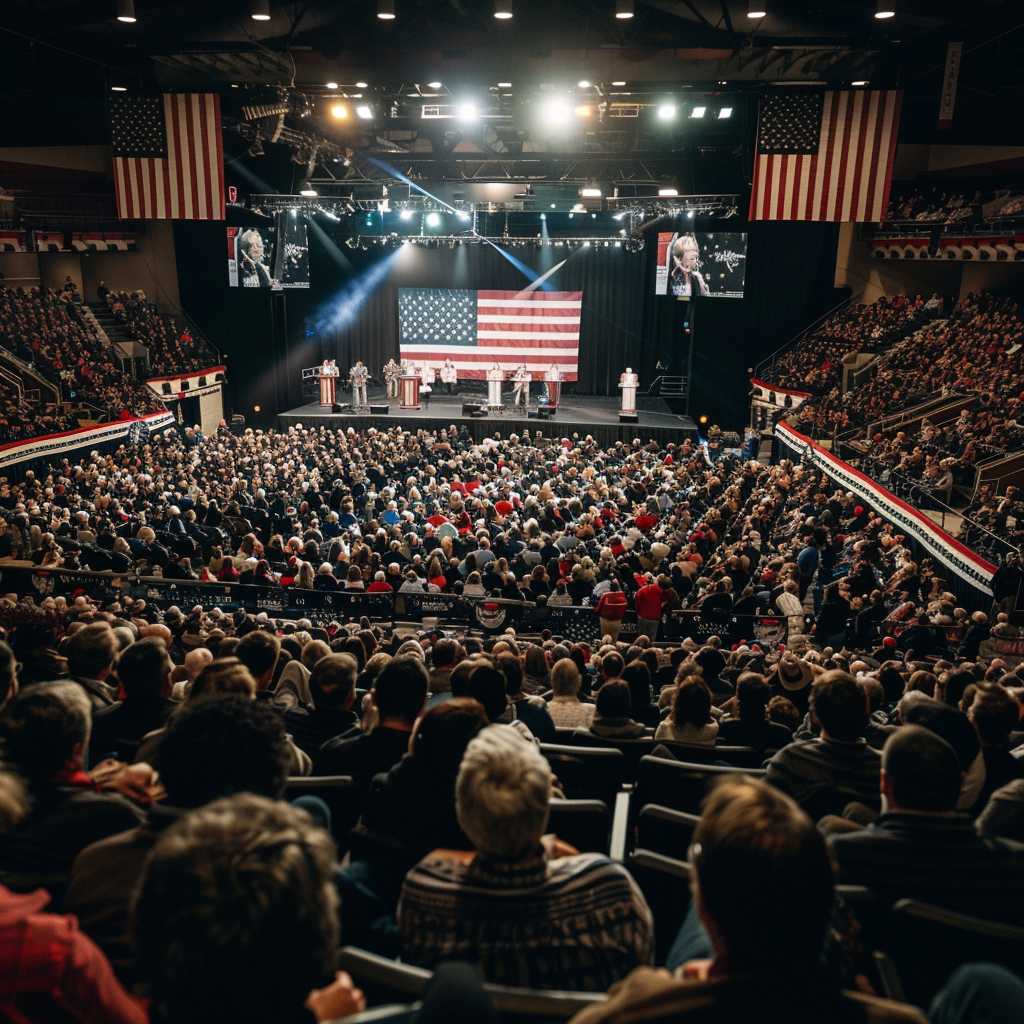A Comprehensive Overview of Super Tuesday 2024: The Accelerator of Presidential Primaries
Super Tuesday is traditionally one of the most pivotal days in the United States presidential primary process. Set to take place on March 5, 2024, this day holds significant influence over the momentum of candidates running for their party’s nomination. On Super Tuesday, a considerable number of states hold primary elections and caucuses concurrently, offering hopefuls the chance to secure a substantial share of delegates. The events of this day can substantially reshape the political landscape, catapulting front-runners toward their party’s nomination and prompting others to reconsider their viability.
The Mechanics of Super Tuesday
Super Tuesday is characterized by its simultaneous elections in multiple states across various regions. It is neither an officially designated event nor does it have a fixed number of states participating each election cycle. Instead, it organically comes into being when states decide to schedule their primaries on the same date. The choice of this date can be strategic: for states desiring an outsized influence on the selection process, pairing with others magnifies their ability to shape national outcomes.
Delegate Distribution and the Electoral Map
On Super Tuesday, significant attention is given to the distribution of delegates across contests. Different states adopt divergent approaches—a mix of proportional allocations and “winner-take-all” systems amongst the Republican primaries, while Democratic primaries strictly use proportional methods, with some conditions such as minimum vote threshold requirements for delegate awards.
Building Momentum: Strategies Heading Into Super Tuesday
Presidential hopefuls typically approach Super Tuesday with an understanding that outcomes here could be the turning point in a campaign. They must judiciously allocate their resources to target key states and demographic groups, optimizing their chances at sweeping as many delegates as possible. Candidates may assess which states are friendly territory based on historical voting patterns or demographics that align with their bases.
Campaign Spending and Media Strategy
Candidates ramp up spending, flooding media markets within Super Tuesday states with ads, hoping to shore up support or sway undecided voters. Grassroots engagements and high-profile rallies often precede the date as campaign teams employ both traditional and digital efforts.
Technology and Data in the Battle for Votes
Voter data analytics assumes a critical role in allocating resources and tailoring messages during this concentrated period of campaigning. Social media platforms, voter targeting technologies, and data-driven strategies enable campaigns to maximize their outreach effectiveness with nuanced precision.
Voter Turnout and Participation
High turnout levels are a prominent feature during Super Tuesday due to its significance in the nomination process. Candidates endeavor to energize their supporters and capitalize on voter engagement initiatives, utilizing comprehensive ground games involving volunteers and local organizers.
Impact on Candidate Momentum and Party Unity
Super Tuesday can offer a strong measure of which candidates are resonating with the electorate. Those who perform well may receive a considerable lift—often referred to as “momentum” — which can lead to increased fundraising, endorsements, and media coverage.
Conversely, poor performance may signal waning campaign viability, potentially causing candidates to suspend their campaigns.
Additionally, the day’s consolidation effect on the candidate field can influence how quickly a party coalesces around a potential nominee.
Post-Super Tuesday Assessment: Winning Narratives & Path Forward
Following Super Tuesday’s electoral frenzy, campaigns conduct thorough analyses of voting patterns. Winning narratives often emerge as victorious candidates bolster claims of broad electability or at least set their paths forward tinted with measured optimism.
Assessing Competitive Dynamics after Super Tuesday
The competitive dynamics within each party’s field are poised for re-examination in the wake of Super Tuesday results. Strong performances may identify clear front-runners or proving grounds for underdogs.
Building Toward the National Conventions
Having navigated Super Tuesday’s demands, remaining candidates refocus efforts toward later primary elections with renewed strategies seeking delegate accumulation, aiming to arrive at their party’s national convention in a commanding position.
The Road to Election Day: Super Tuesday’s Broader Electoral Influence
The trends and themes emanating from Super Tuesday often play a significant role as narratives develop throughout the wider election season. The outcomes may influence subsequent primary voter behaviors and indicate where the general public leans ideologically.
Notes:
Image description
A packed auditorium with a stage decked out in political signage denoting candidates’ names, American flags scattered across a sea of hopeful rally attendees brimming with anticipation as they await Super Tuesday’s result announcements.
